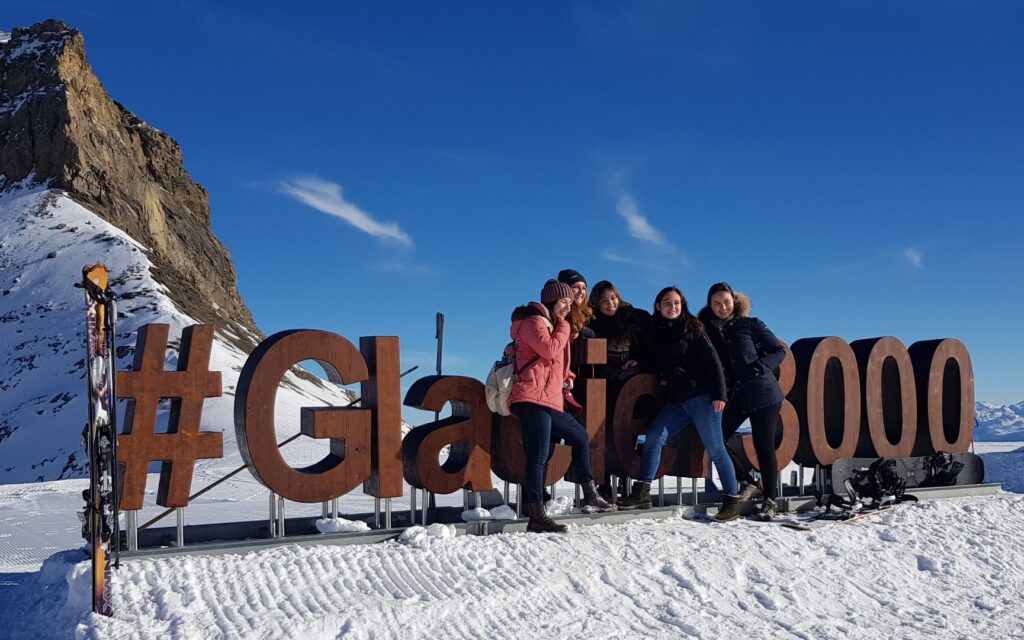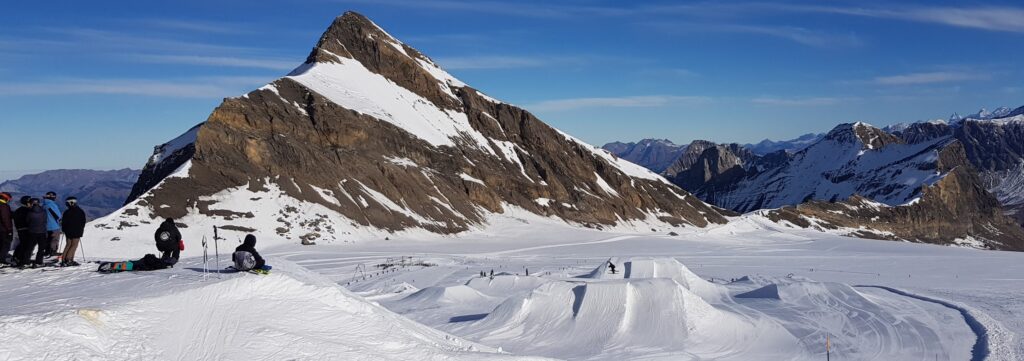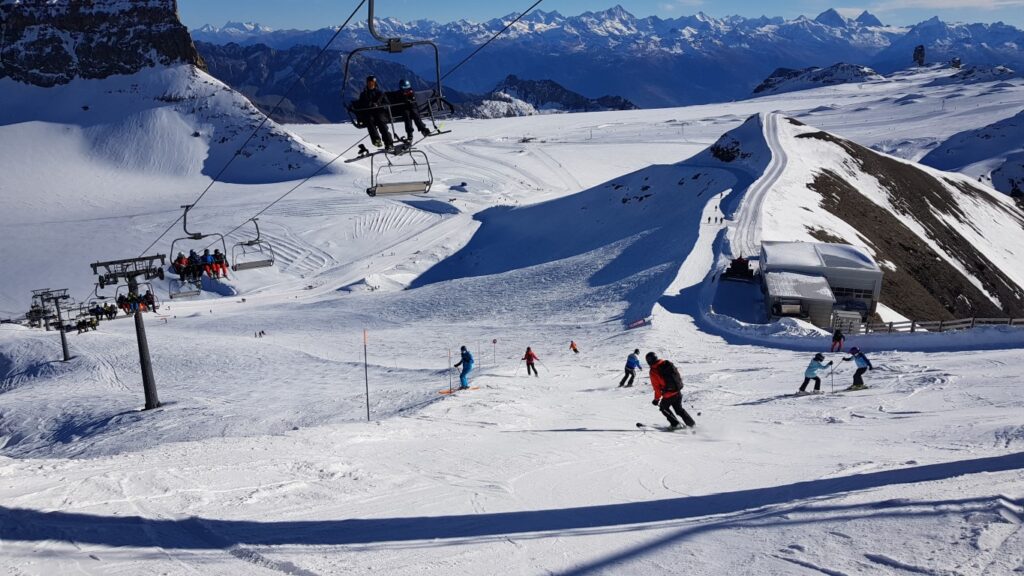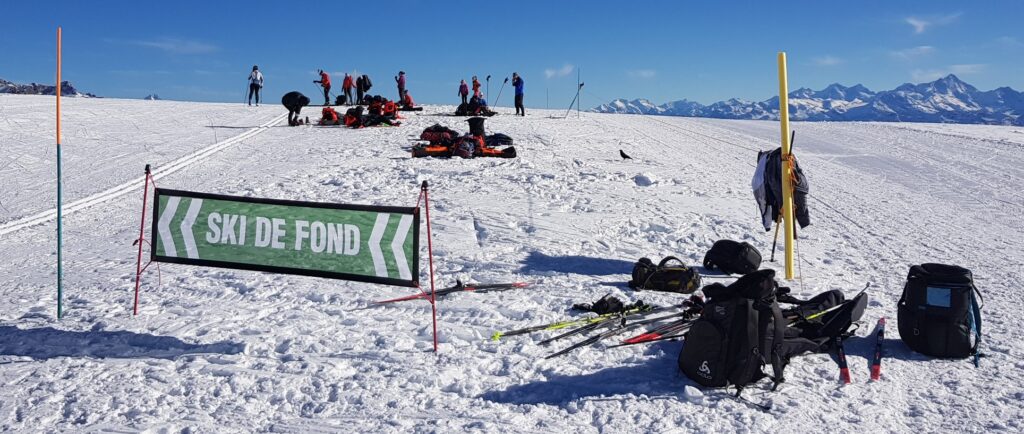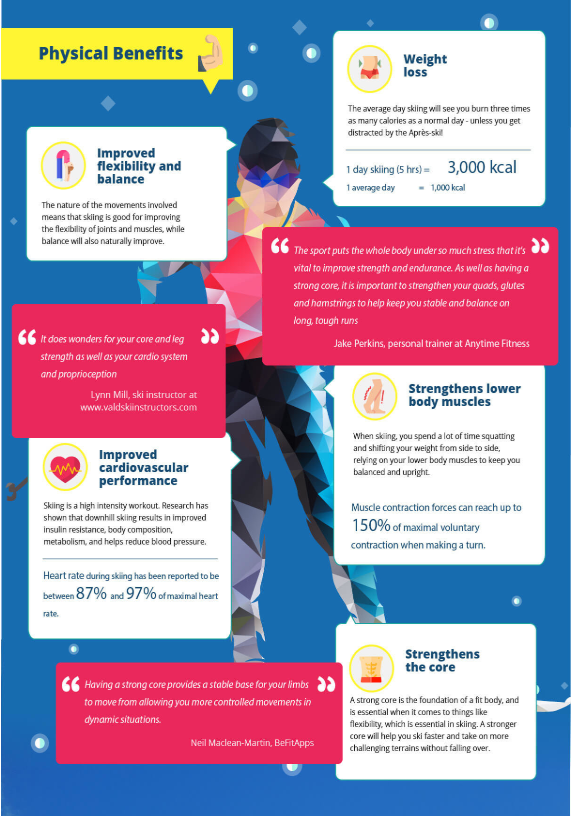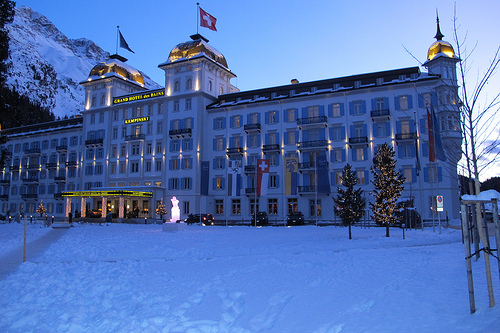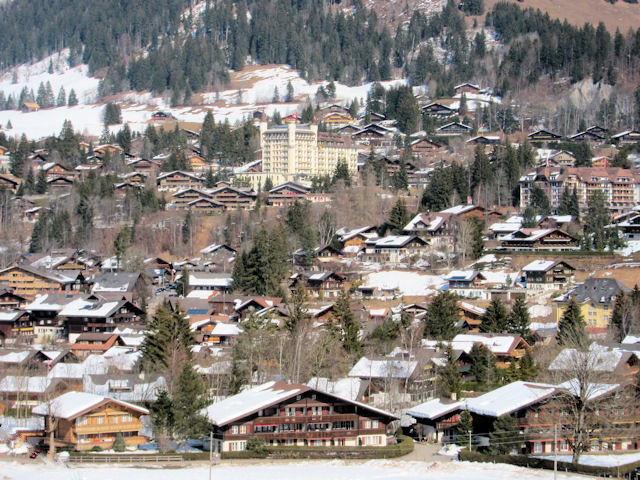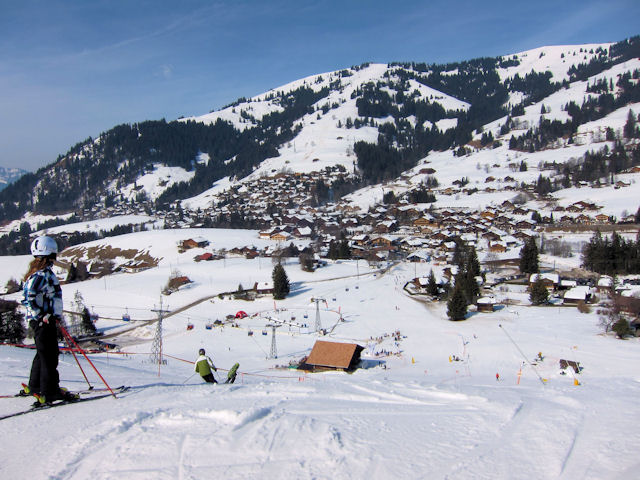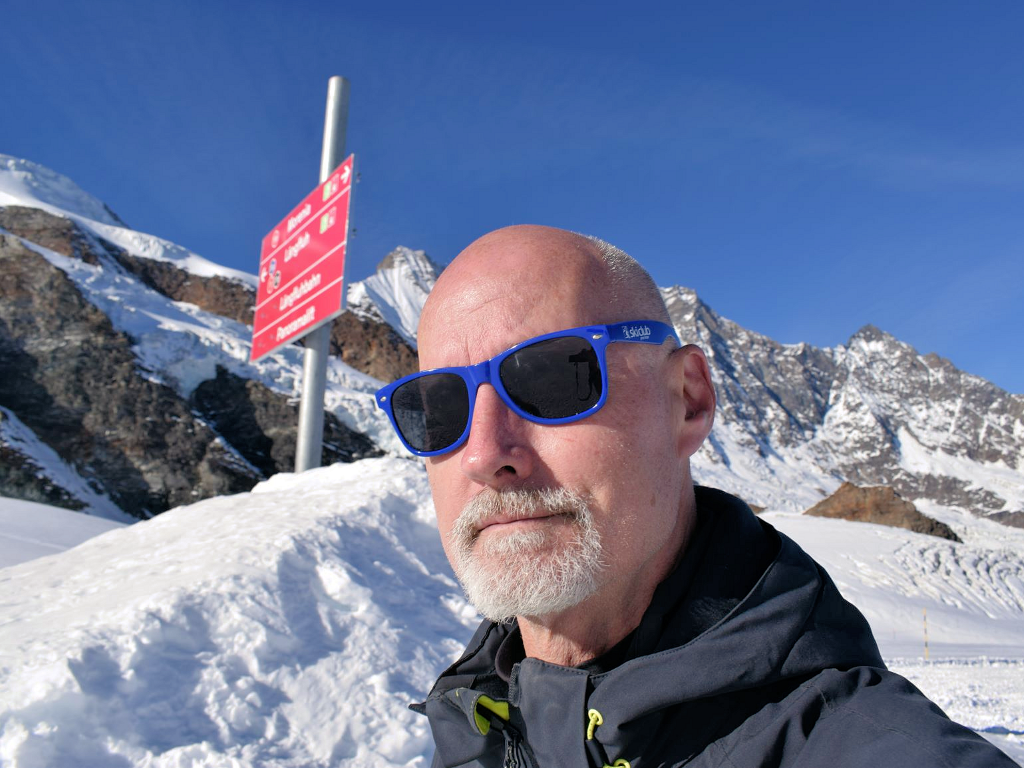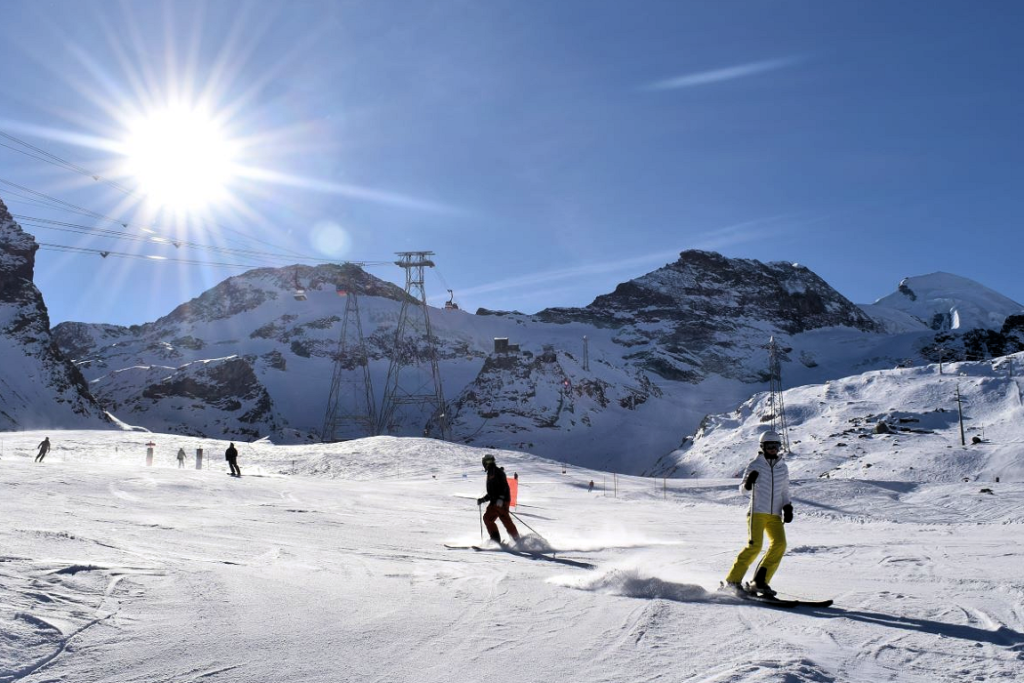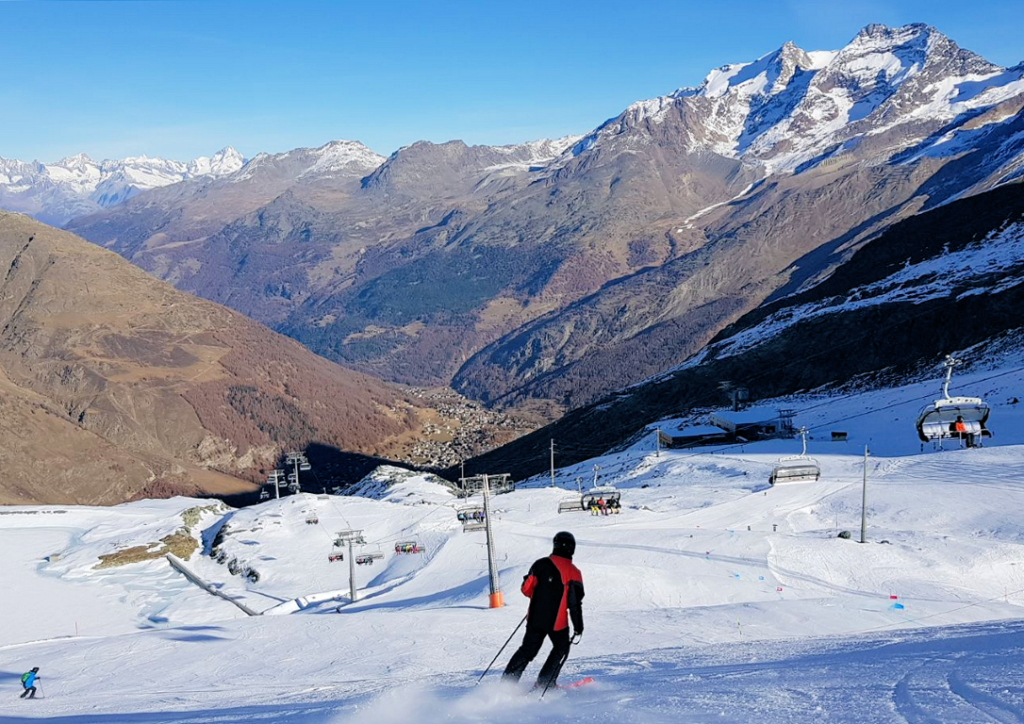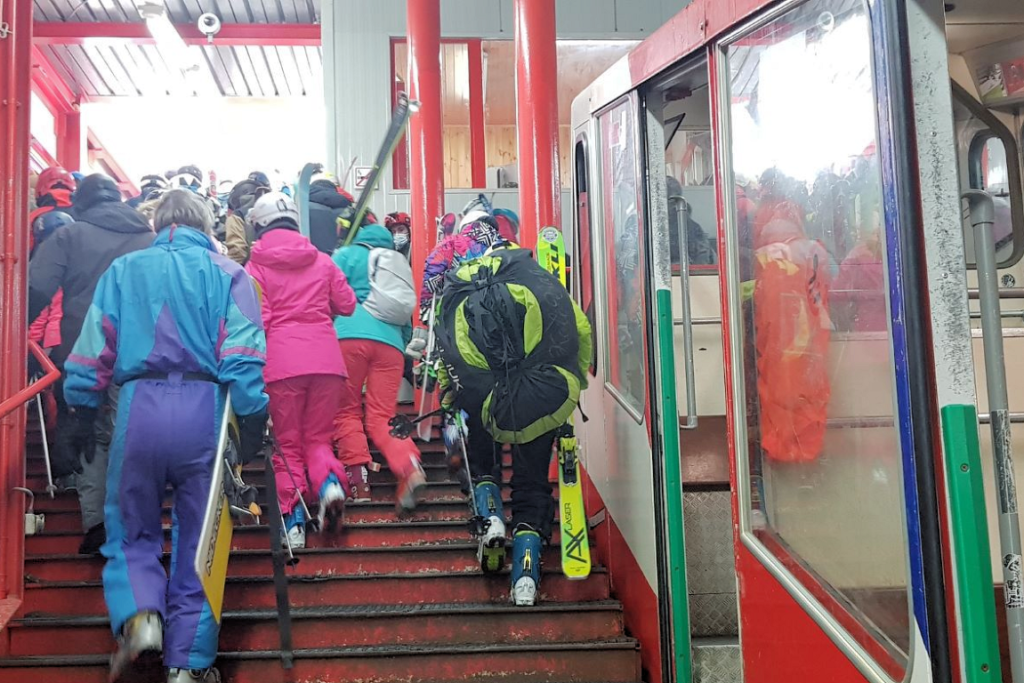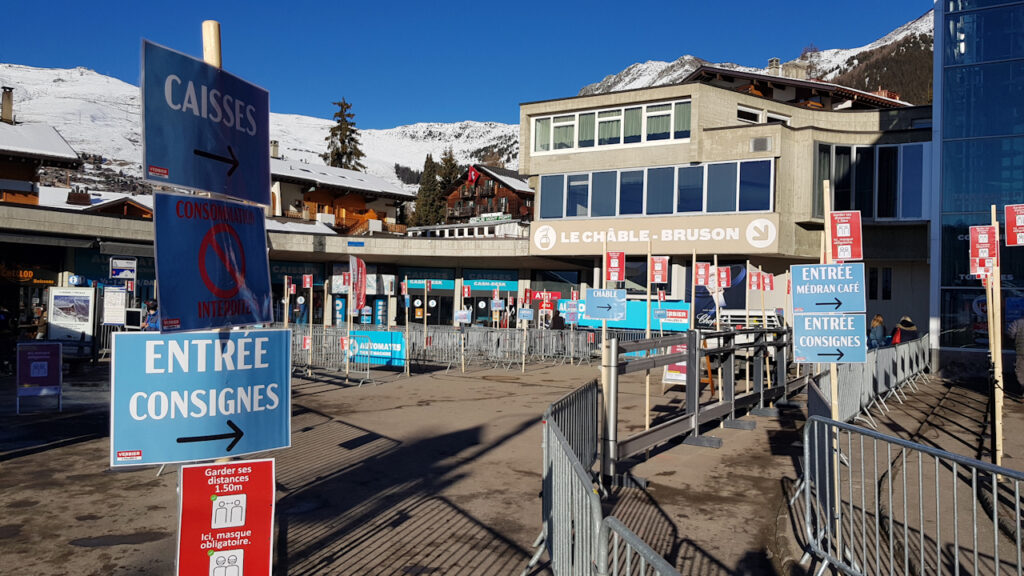
The Swiss federal authorities today imposed a new set of restrictions on the country, to run from Tuesday 22nd December for a month. The increasing pressure on hospitals and the unwillingness of some cantons to implement federal recommendations has resulted in the new lockdown, with restaurants and sport facilities due to close. However ski resorts will remain open, uniquely in Europe. The official wording from the federal communique today, 18th December, is as follows:
The cantons remain responsible for ski areas. Strict requirements must be met for ski areas to operate. Ski areas can only remain open if the epidemiological situation allows and there are sufficient capacities in hospitals and for contact tracing and testing. Strict precautionary measures must also be in place and their implementation must be guaranteed. If these requirements are not met, ski areas will not be granted an operating permit.
Zurich had argued for ski resorts to close down, on the basis that injured skiers returning to their home cantons could put an unacceptable pressure on hospitals. Although they didn’t get their way, the federal authorities are clearly signalling that cantons with ski resorts have to have the local capacity to manage ski casualties.
Valais and Vaud notably introduced a lockdown in November and, as a result, seem to have kept the R rate below 1 – unlike many cantons in Schweizerdeutsch-speaking Switzerland. Despite some teething problems, the controls introduced in ski resorts to restrict Covid seem to be working. However I have some reservations as to whether the capacity restrictions are sufficient. I guess it is a trade-off of having longer queues or increased lift capacity. I believe some resorts are planning to restrict the number of ski passes they issue to help control the situation.
The Swiss approach represents a risk especially with high rates of infection in the community. The other Alpine nations are keeping their resorts closed and their governments probably hope the Swiss experiment fails. There has been a lot of opposition to the closures in the annual 34 billion euro winter sports industry, and some businesses may never recover.
However we are still learning about this disease. That ski resorts were epicentres of disease last season is well known – and I have reported on this extensively – but the finger of blame largely pointed towards apres ski activities. It will take a little of the shine off ski and snowboard holidays if you can only eat in your hotel or takeaway and all the bars and clubs are shut, but at least you can still ski and snowboard. And I have had some excellent winter sports holidays where the apres activities were conducted in a family or social unit setting.
I know some people would say I am stretching it, but isn’t there a possibility that winter sports reduce the risk of Covid? I spend a lot more time in the sun when I am skiing, and one of the early indications is that Vitamin D, generated by being in sunlight, protects against the disease.
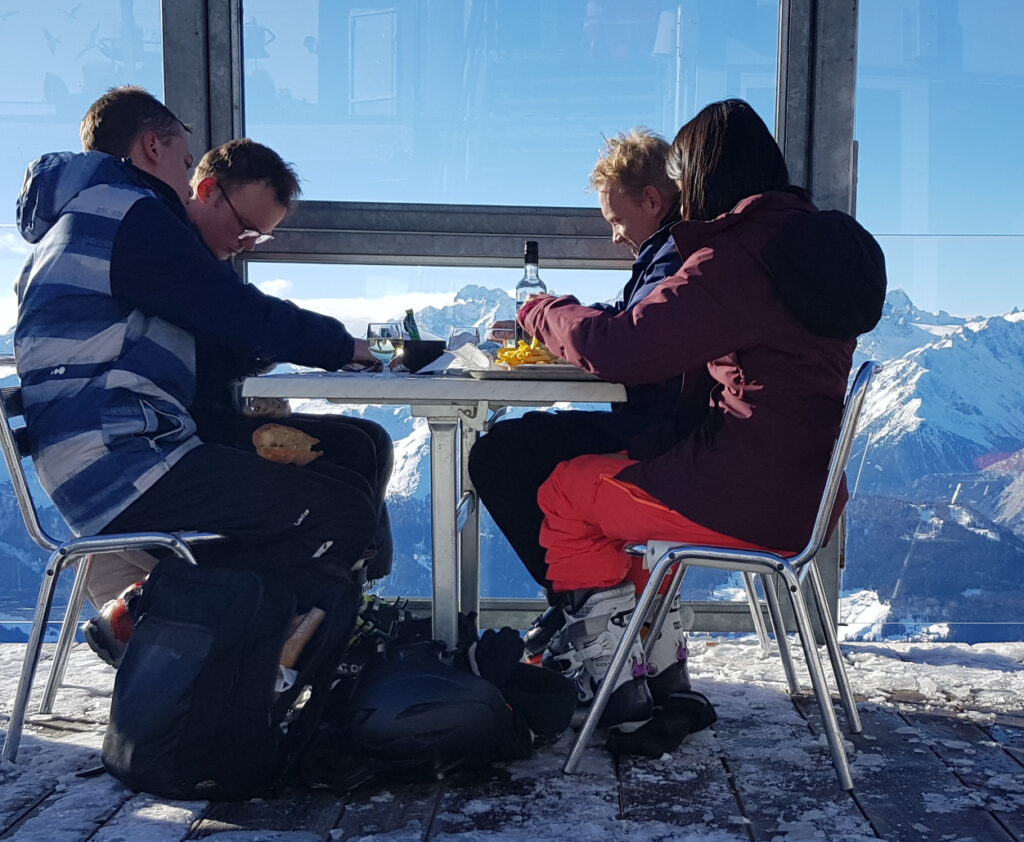
My only gripe about the new arrangements is that the closure of restaurants last month meant that all the outdoor searing was removed. I hope this will not be the case this time round. People who order take-out pose little risk of spreading the virus if they are allowed to sit down outside to eat. In practice people have found a convenient rock or step or sunny spot to eat their picnic or take-out, but these old bones really appreciate a seat!

